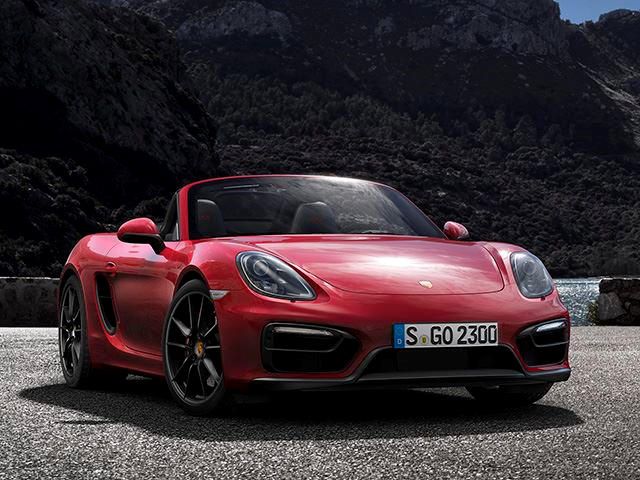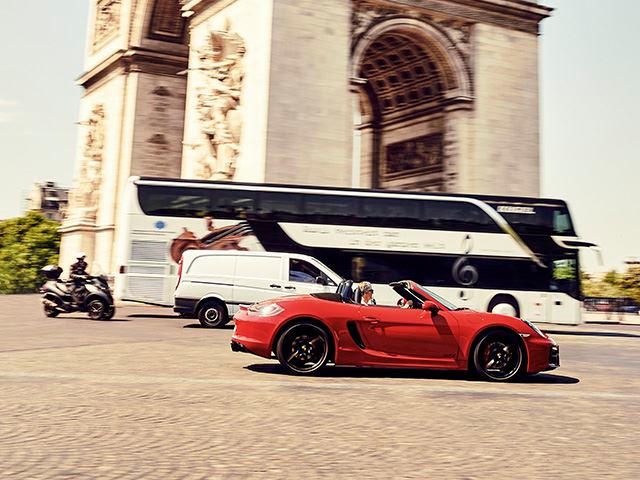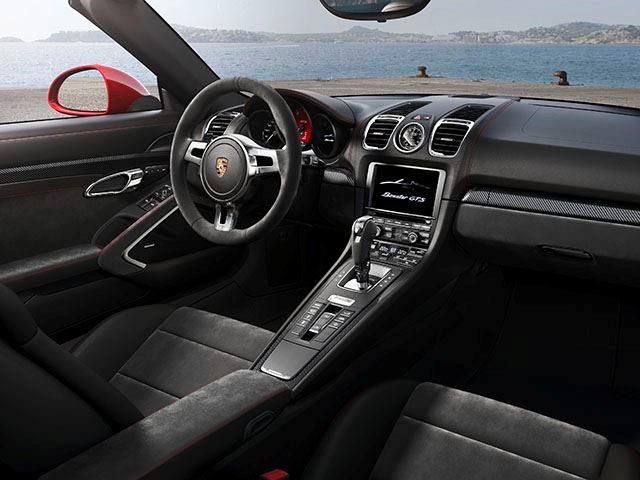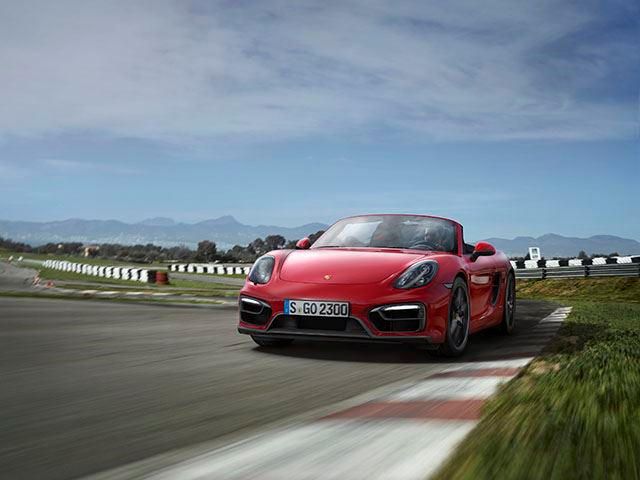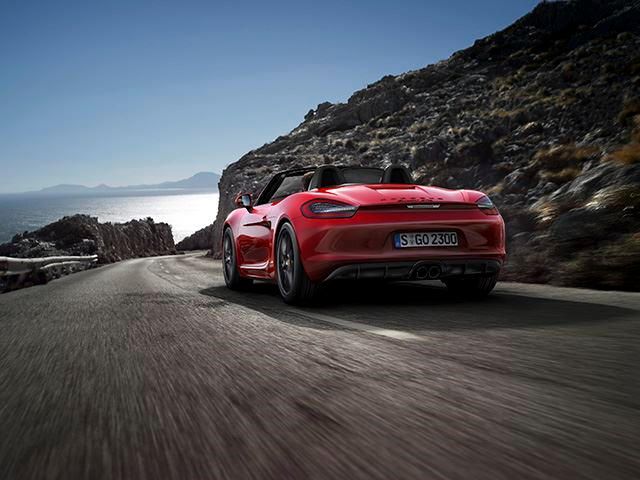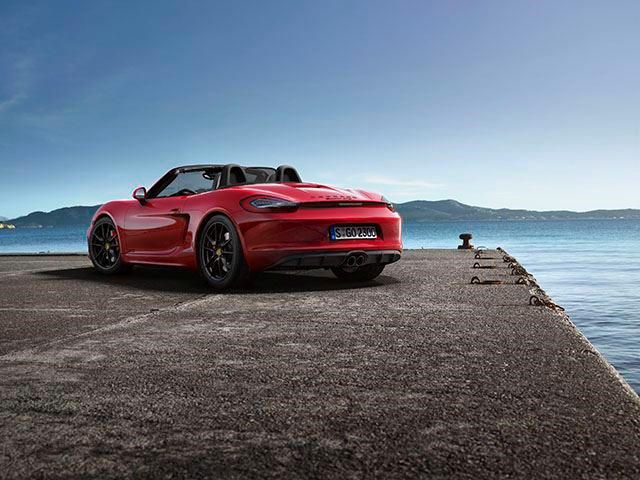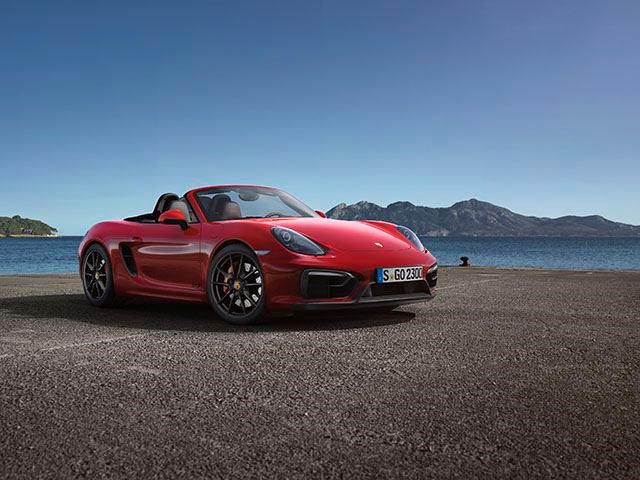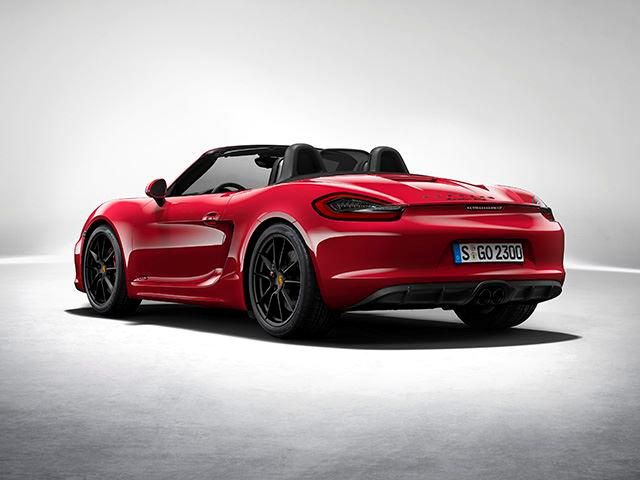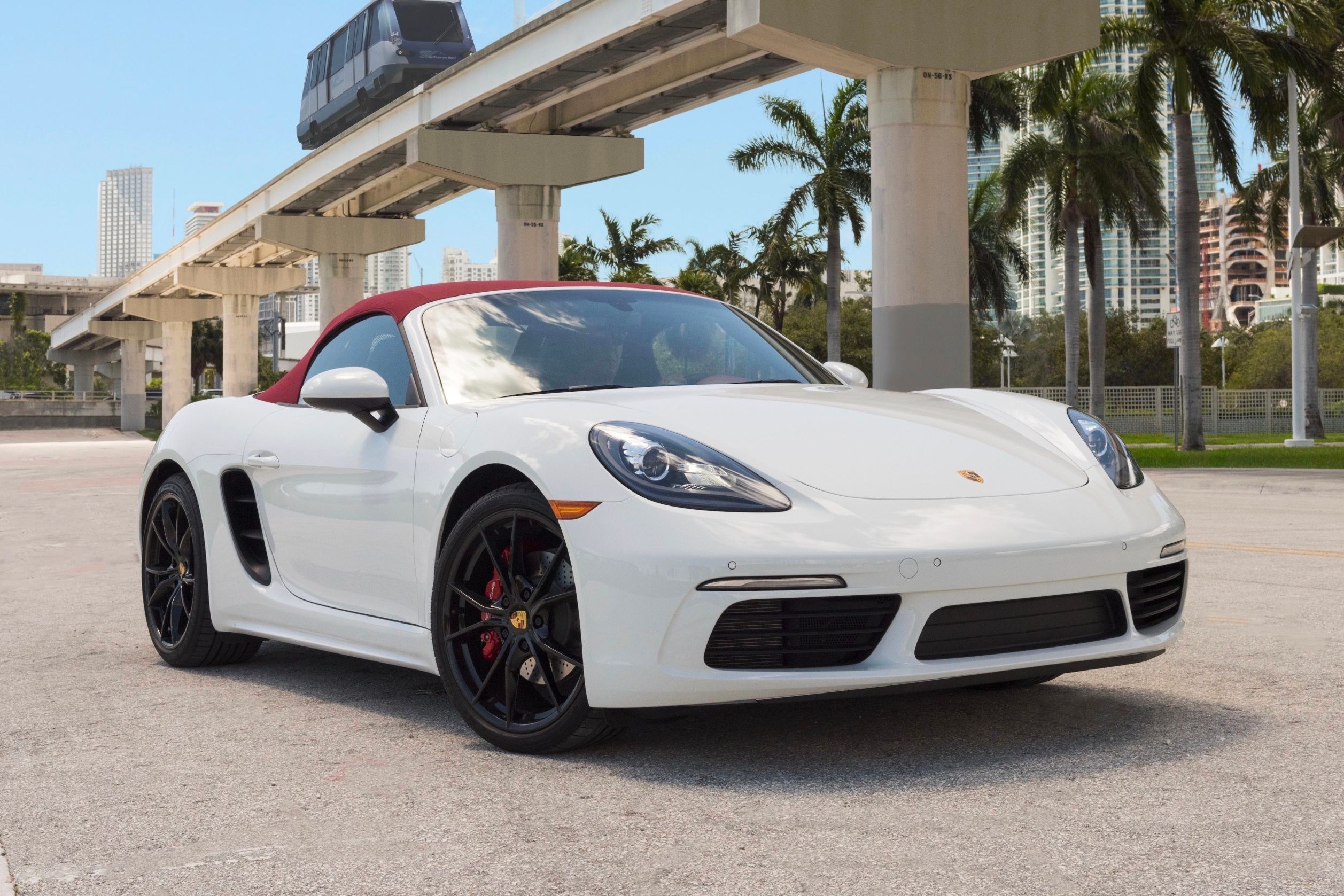
After a stand-out success with the first one and a brilliant follow-up with its successor, it seemed the Porsche Boxster was nigh-on untouchable and beyond the reach of any premium roadster out there. However, there was one barrier that held the Boxster back from being the greatest Porsche of the modern era: the equally excellent 911 (or, rather, the need for Porsche to protect its halo model). Since the Boxster's launch in 1996, it had always played second fiddle to its rear-engined bigger brother.
But the third-generation Boxster would be the first to be let off the leash if it promised to be on its best behavior. For starters, this '981' series of Boxster was the first that ditched almost every major mechanical tie it previously had with the 911. While some components were still shared (the basic flat-six engine architecture formed the bedrock of both car's motors, for instance), almost every piece of bodywork and interior trim was bespoke to the Boxster / Cayman family this time around. Likewise, the Boxster was also pretty quick in its third outing. All models could hit 60 mph from rest in under six seconds now.
The 3.4-liter 311 hp Boxster S had the pace to seriously trouble the Porsche 911 Carrera Cabriolet (a car that, before the turbocharged 2016MY facelift, only had another 40 hp to offset the extra 140 kg it had over the Boxster S). This new freedom for the Boxster also lead to it quickly becoming perhaps the most engaging and lithe sports car Porsche has built this side of a 911 GT3. Even with the 260 hp 2.7-liter flat-six, the third-gen Boxster was comfortably one of the most entertaining roadsters you could buy, and pretty much the default option if you wanted an upmarket convertible sports car. This was especially the case when you remember the Porsche didn't really have any direct rivals other than the 911 Carrera.
The BMW Z4 and Mercedes-Benz SLK had got softer, the Lotus Elise was too niche, the Alfa Romeo 4C Spider was more expensive and Nissan was way too ambitious in taking on the Boxster / Cayman family with the fun-yet-flawed 370Z.
As a result, Porsche could have easily left it there - with no real competitor at this price point, why bother improving it? But Porsche did, with the flagship 'GTS' spec of Boxster. It cost quite a bit more, it added bits that weren't really necessary (we could all live without the darkened front and rear lamp shrouds quite easily, for instance) and a lot of the tech that did make a difference was already on the Boxster options list, but the GTS was that bit better than the regular versions. So, if you were in the market for a Boxster at the time and had enough spare change for the GTS model, it was pretty much a no brainer.
Go for a Boxster GTS, and you'll have the objectively best incarnation of quite possibly the best roadster you could buy anywhere. It seemed, then, that the Boxster would be untouchable; that nothing could result in Porsche needing to take the car back to the drawing board and re-engineer it. Alas, the current Boxster is indeed on its last legs, as a result of ever-stringent emissions and fuel economy targets that all big car makers need to abide to. Porsche may have some of the best engineers in the entire motor industry, but even they can't keep a naturally-aspirated sports car going in today's increasingly eco-conscious world, so downsizing and turbocharging are the name of the game for the '718 Boxster' that's coming out later this year.
We'll probably need handkerchiefs at the ready for when the last NA Boxster rolls off the production line. Still, to poorly paraphrase that famous line in the song 'Feeling Good', it's a new dawn for the Porsche Boxster, and we're actually feeling pretty optimistic about it. After all, Porsche knows its way around a turbocharger (it's been making forced-induction road cars since 1973, after all) and the bits we know about the upcoming 718 Boxster (which we'll discuss in our next 'Porsche Boxster Celebration' article) certainly give us a lot to be hopeful for.

